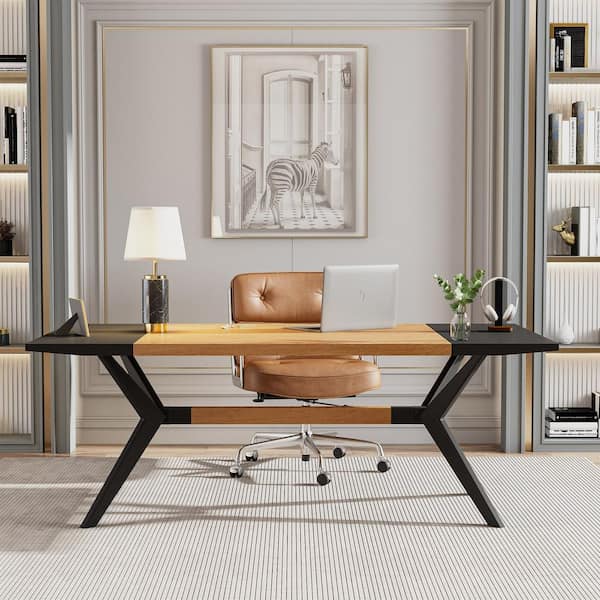Dining Room Table Legs That Incorporate Functionality and Modern Layout
Dining Room Table Legs That Incorporate Functionality and Modern Layout
Blog Article
Table Legs: Exactly How to Select the Best Designs for Your Room
Choosing the best eating table legs is critical for both aesthetic and functional harmony in your eating room. Whether your room boasts a sleek, contemporary ambiance or leans in the direction of a more conventional ambiance, the style of the legs can considerably influence the total look. Tapered legs exude contemporary beauty, while turned legs use a nod to timeless appeal.
Evaluating Your Dining Space Style
Just how do you figure out the ideal dining table legs for your room? The answer begins with a thorough assessment of your eating area style. A cohesive design guarantees that your table legs boost the general aesthetic instead than clash with existing elements.
Following, think about the existing furnishings and decor. The products, shades, and structures within the space play a crucial function. As an example, a dining-room with smooth, modern-day chairs and metal accents may take advantage of simple, structured table legs. On the other hand, a space loaded with vintage items and rich materials could call for luxuriant, sculpted legs.
Lighting likewise impacts assumption. Natural light can accentuate particular products and coatings, while man-made illumination can highlight various facets. Last but not least, account for the space's scale and proportions. Large, open eating spaces can suit larger, a lot more substantial legs, whereas smaller sized areas require more fragile, inconspicuous designs. By thoroughly reviewing these variables, you can pick dining table legs that sympathetically blend with your dining-room's style.
Popular Leg Styles Discussed

One widespread style is the conical leg, renowned for its sleek, contemporary look. This leg narrows inside out, providing a minimal charm suitable for modern and Scandinavian interiors. Next off, the transformed leg functions complex spindle-like styles, frequently found in typical and farmhouse settings. These legs add a touch of craftsmanship and beauty.
Cabriole legs, with their distinctive contours, are identified with French Provincial and Queen Anne furnishings. Their stylish, moving lines bring a sense of elegance and historic beauty (dining room table legs). For those preferring a durable and straightforward design, square legs offer strong support and a tidy, geometric look, ideal for industrial or minimal areas
Lastly, hairpin legs provide a retro, mid-century contemporary ambiance. Made from steel, these legs are both light-weight and solid, adding a distinct aesthetic contrast to wooden table tops. Comprehending these designs will lead you in choosing table legs that improve your room's aesthetic and performance.
Material Considerations

Metal legs, typically made from stainless steel, iron, or aluminum, give a modern and commercial look while ensuring durable support. They read this article are usually a lot more resistant to put on and tear, making them a sturdy choice.

Other materials like bamboo or rattan offer eco-friendly options, bringing an all-natural and unwinded ambiance to the dining location. Each material has its advantages and disadvantages, and the most effective selection will depend on your specific needs and choices.
Harmonizing Aesthetic Appeals and Capability
Attaining the excellent balance in between looks and performance is important when choosing dining table legs. While the visual appeal of table legs can considerably enhance the total atmosphere of a dining area, their functional facets can not be ignored. The style of the legs have to integrate with the space's design, yet they ought to also provide appropriate support and security for the table.
Think about the architectural design of your space. Sleek, modern-day interiors may take advantage of minimalist, steel legs that use a tidy and inconspicuous look. On the other hand, typical settings usually match transformed or sculpted wood legs that add a touch of sophistication and elegance.
Performance includes the stability and longevity of the legs. Trestle legs, known for their effectiveness, can provide solid support for bigger tables, making them perfect for families or regular entertainers. On the other hand, pedestal legs can offer more legroom and adaptability, enabling for far better seating arrangements
In addition, the height and positioning of the legs are essential for comfortable dining. Legs placed too far internal might impede seats, while those also near the edge can limit movement. Thus, thoughtful consideration of both visual and useful components is vital for an ideal eating experience.
Modification and Do It Yourself Options
Customization opens up a world of possibilities for producing dining table legs that are distinctively customized to your taste and demands. Whether you look for a conventional, modern-day, or diverse look, customized options permit you to choose the exact products, surfaces, and makes that finest complement your space. Customizable alternatives range from choosing the kind of timber-- such as oak, maple, or walnut-- to selecting steel coatings like brushed nickel or antique brass. Specific design aspects, such as transformed legs, tapered forms, or complex carvings, can be integrated to reflect your design.
For those inclined in the direction of diy (DIY) projects, creating customized eating table legs uses both a rewarding experience and the opportunity to achieve a bespoke aesthetic. DIY fanatics can source basic materials and use woodworking or metalworking tools to craft legs that meet precise a fantastic read specs. Furthermore, various on the internet tutorials and workshops provide assistance, making the process much more easily accessible for novices.
Eventually, whether choosing professional customization or getting started on a do it yourself venture, the capacity to tailor table legs makes certain that the last product integrates with your interior design vision, improving both capability and aesthetic allure.
Conclusion
Picking the suitable eating table legs requires mindful consideration of the overall style of the dining room, including existing building attributes and furniture. Ultimately, the picked table legs must match the design, supplying both visual allure and useful official site support.
Report this page